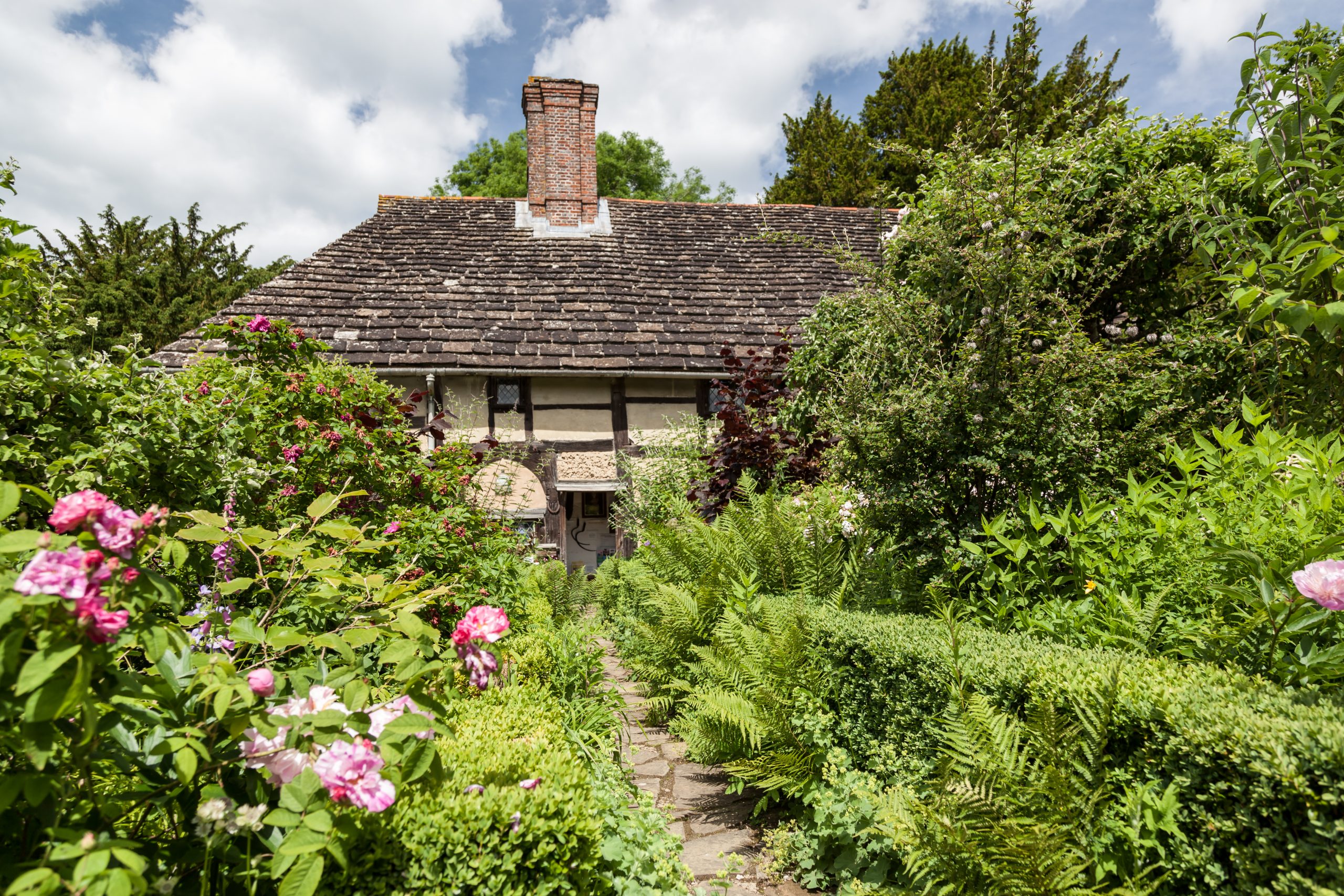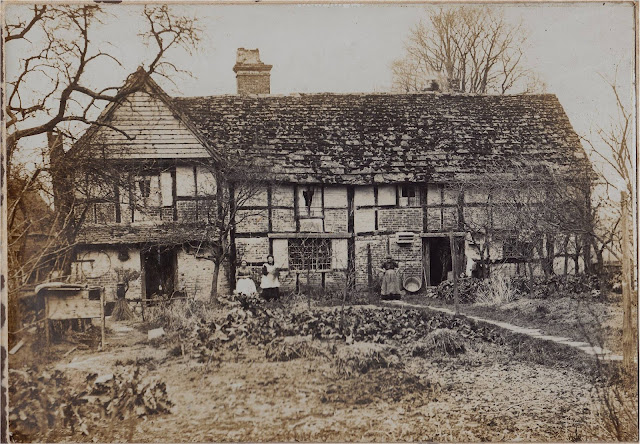Introduction
The Priest House in West Hoathly is not merely a historic building; it is a symbol of the rich tapestry of English history. Constructed in the 1420s by Lewes Priory, this structure served as an estate office, managing local manor lands and reflecting the influential role of the priory in the region. Over the centuries, the house has witnessed significant historical events and notable figures, making it an essential part of West Hoathly’s cultural heritage.

Early History
The origins of the Priest House can be traced back to its establishment by Lewes Priory in the early 15th century. This period marked the beginning of its role as an administrative center, overseeing the priory’s extensive landholdings. As a vital part of the local economy, the building became intertwined with the lives of several prominent historical figures, including Henry VIII, Thomas Cromwell, Anne of Cleves, Mary I, and Elizabeth I. Each of these monarchs played a crucial role in England’s tumultuous political landscape, characterized by land redistribution and significant shifts in power dynamics.

Transition to Private Ownership
In 1560, the property transitioned to private ownership, entering the hands of the Browne family, yeoman farmers who inhabited it until 1695. During this time, the Brownes likely contributed to the house’s maintenance and development, ensuring its survival through changing economic and social conditions. However, following their tenure, the Priest House fell into the hands of absentee landlords. This shift led to a prolonged period of neglect and deterioration, a fate that befell many historic structures during times of economic hardship and shifting societal norms.
Restoration and Preservation
A significant turning point for the Priest House came in 1907 when John Godwin King, a local philanthropist and historian, purchased the property. Recognizing its historical significance, he commissioned Maurice Pocock, a renowned architect, to undertake a comprehensive restoration in 1908. This meticulous effort not only saved the building from near dereliction but also preserved its architectural heritage for future generations.

Museum and Educational Resource
Following the restoration, King opened the Priest House as a private museum, showcasing his own collection of artefacts and offering visitors a glimpse into the region’s rich history. Today, the Priest House stands as a testament to the resilience of historical architecture and serves as an educational resource for those interested in the history of West Hoathly and the broader context of England.
Cultural Significance
The museum continues to highlight the stories of its former inhabitants, providing insights into the lives of those who lived during significant historical periods. Through various exhibits, visitors can explore the local history, culture, and the impact of national events on the community. The Priest House not only serves as a historical landmark but also fosters a deeper understanding of the social and political changes that have shaped the region over the centuries.
Conclusion
In conclusion, the Priest House is more than just a building; it is a custodian of history, embodying the resilience and adaptability of a community through the ages. Its restoration is a celebration of heritage, reminding us of the importance of preserving our historical landmarks. As future generations explore and appreciate the Priest House, they engage with a living narrative that continues to unfold, reflecting the enduring spirit of West Hoathly and its remarkable past.

